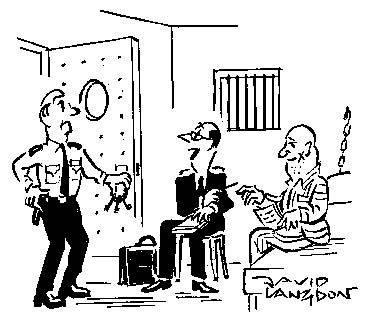They have been racing over this patch of the Sussex Downs since 1802. King Edward VII, who popularised both the panama and the linen suit, called it ‘a garden party with racing tacked on’. For me, it is Ascot without the excess.
Goodwood’s stands with their floating canopies don’t look like a concrete imposition on the country, more an Arabian Nights children’s book fantasy, dream castles that could be wafted away to a never-never land where the Pimms flows for ever and punters back nothing but winners.
Certainly, it is quality sport. You won’t see horses running faster than they do in the Goodwood Stewards’ Cup when the sprinters breast a rise and thunder down towards the grandstands. Famous middle-distance horses — Ouija Board, Giants Causeway — have burnished their reputations here, and racegoers don’t forget battling stayers such as Double Trigger and Persian Punch, who have slugged it out over the undulations for two miles and more in the Goodwood Cup.
Other courses have beautiful surroundings, so what makes Goodwood ‘Glorious’? Managing director Rod Fabricius, whose last Glorious Goodwood this will be, says, ‘One of the joys of Goodwood is the active participation of the family of the Duke of Richmond’ (on whose estate the course lies). All the sports practised on the estate, Rod says, from cricket to motorsport, have followed the passion of one or another family member. They move with the times, but draw the line at tribute bands. ‘Goodwood is first and foremost a racecourse. We are trying to be contemporary but not lose sight of the heritage.’
Amid the stately home business, the golf courses, the hotel, the farm shop, the Goodwood Festival of Speed, involving two wings and four wheels, the racecourse, occupying just 500 of the estate’s 12,500 acres, has to contribute a profit.








Comments
Join the debate for just £1 a month
Be part of the conversation with other Spectator readers by getting your first three months for £3.
UNLOCK ACCESS Just £1 a monthAlready a subscriber? Log in